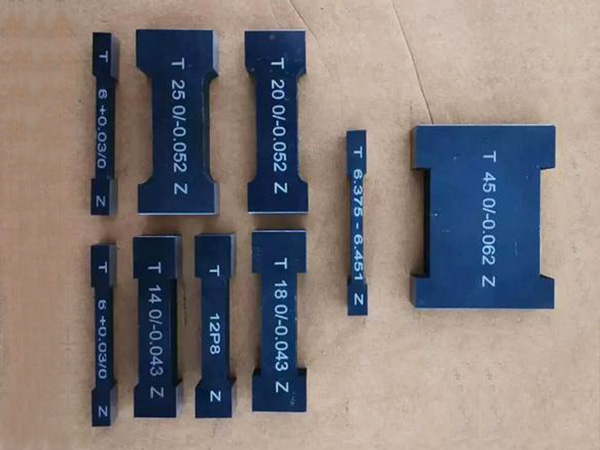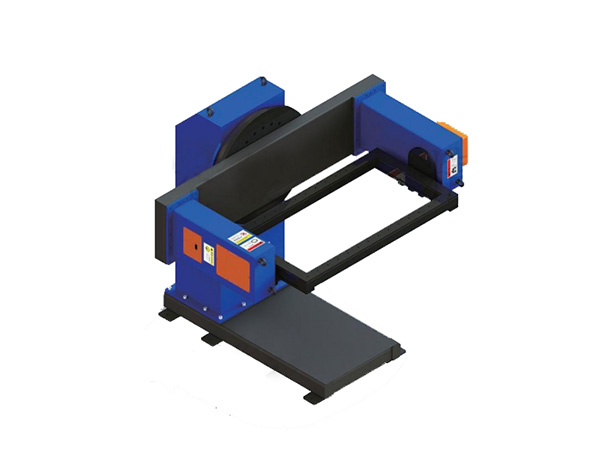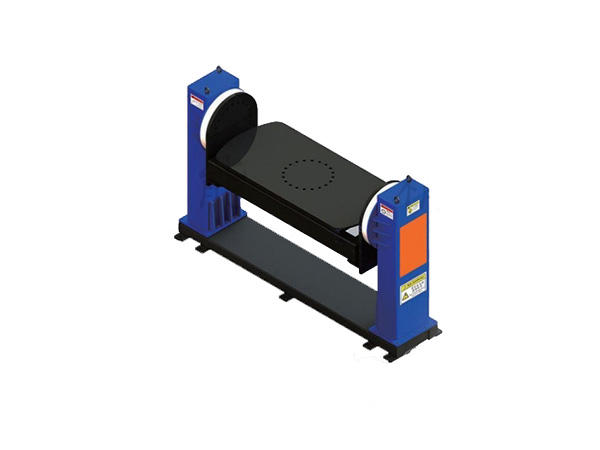- Navigation -
NEWS DETAILS
NEWS INFORMATION
Accurate Methods to Check the Flatness of Cast Iron Surface Plates
AUTHOR:Bozhong Tool DATE:2025-11-12 10:51:36 HITS:81
A Cast Iron Surface Plate is one of the most vital tools in any precision workshop, metrology lab, or manufacturing facility. It serves as the reference base for measurement, calibration, and inspection. Over time, however, its perfectly flat surface can deform due to mechanical stress, wear, or temperature variation. Testing and maintaining flatness is therefore essential to ensure continued measurement accuracy.
In this article, we’ll discuss reliable methods used to check the flatness of Cast Iron Surface Plates, from simple manual techniques to advanced optical and laser-based inspections. We’ll also touch on why choosing a China manufacturer with bulk production capabilities is a smart move for both quality and consistency.
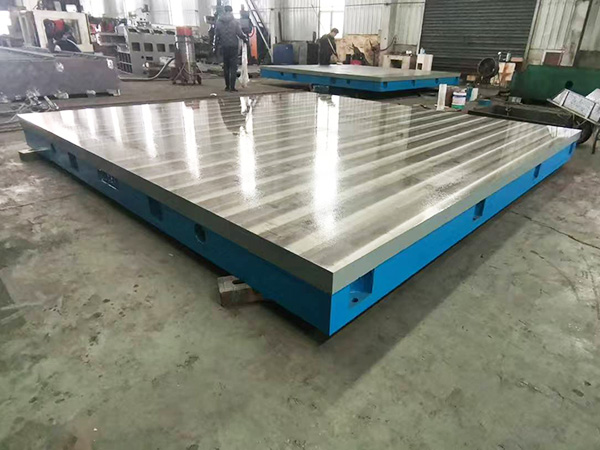
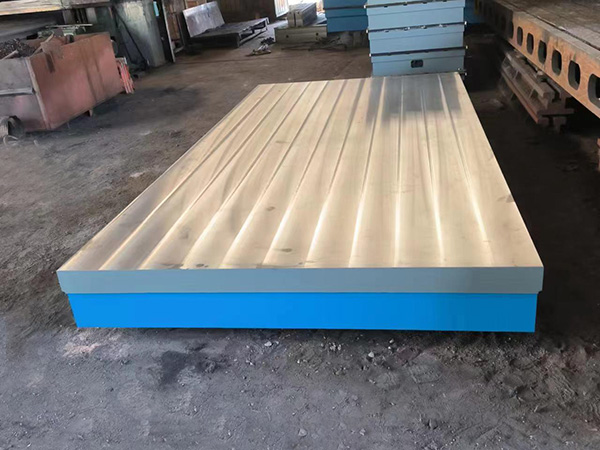
1. Understanding Why Flatness Matters
Flatness describes how closely the surface of a plate matches an ideal geometric plane. Inaccurate or worn Cast Iron Surface Plates can produce measurement errors that affect the precision of entire production processes. Even minor surface variations may cause dimensional discrepancies during part inspection or tool calibration.
Regular testing helps maintain the plate’s role as a reliable standard for accuracy. The flatter the surface, the more dependable the results during measurement and assembly operations.
2. Preliminary Visual Inspection
The first and simplest way to evaluate flatness is by observation. Clean the plate thoroughly and inspect it under bright light. Look for scratches, rust spots, or dents that may distort measurements.
Next, use a high-precision straightedge and position it across the plate’s length and width. Shine a light from behind the straightedge — any visible gaps or light leaks indicate that the plate may not be perfectly level. Though basic, this step helps determine if a detailed test is needed.
3. Straightedge and Feeler Gauge Method
The straightedge and feeler gauge method is a traditional but effective way to test a Cast Iron Surface Plate.
Start by cleaning both the plate and the straightedge to eliminate dust or oil residue. Place the straightedge diagonally, lengthwise, and across the plate’s width. Then, insert feeler gauges of varying thickness at different points to check for gaps. The largest measured gap gives a quick estimation of the plate’s flatness deviation.
While this approach is suitable for routine shop checks, high-precision calibration requires more sophisticated techniques.
4. Optical and Autocollimator Testing
For advanced metrology, optical testing offers far greater accuracy. The autocollimator method uses reflected light beams to detect angular variations across the plate surface. Technicians measure at several points to map out the degree of deviation from an ideal plane.
Another technique uses an optical flat, a piece of transparent glass with a highly polished underside. When placed on the Cast Iron Surface Plate under monochromatic light, interference fringes appear. The shape and spacing of these fringes reveal high and low areas on the plate’s surface.
These optical methods can detect surface irregularities as small as a few microns, making them ideal for laboratory-grade plates.
5. Laser Interferometry for Maximum Precision
Modern metrology labs often rely on laser interferometry for precise flatness evaluation. This non-contact method measures the difference in the phase of reflected laser beams from various points on the plate.
The resulting data forms a detailed surface profile, showing microscopic deviations across the plate’s surface. This level of accuracy — often within ±0.0005 mm — is critical for applications in aerospace, defense, and high-end manufacturing.
Laser-based testing ensures that the Cast Iron Surface Plate maintains the required flatness level even after years of heavy use.
6. Flatness Standards and Tolerances
Flatness tolerances for Cast Iron Surface Plates are governed by standards such as ISO 8512, DIN 876, and China’s GB/T 22095. Generally, tighter tolerances correspond to higher precision grades.
Grade 0 plates are used in calibration laboratories where utmost accuracy is essential. Grade 1 and Grade 2 plates suit general inspection and tool-room work, while lower grades are reserved for routine industrial use.
Knowing your required grade ensures you select or maintain a surface plate that matches the precision of your operation.
7. Maintenance and Calibration Practices
Testing is only part of the equation — proper maintenance keeps your Cast Iron Surface Plate accurate for years.
Clean it after every use to remove dust, oil, and metal particles. Avoid hammering, scratching, or placing heavy, uneven loads on it. When not in use, cover the surface to prevent corrosion or contamination.
Periodic recalibration, usually once or twice a year depending on workload, is recommended. If significant deviation is detected, the plate can be restored by lapping — a precision grinding process that returns the surface to its original plane.
8. Benefits of Choosing China Manufacturers
For workshops or distributors seeking reliable Cast Iron Surface Plates, sourcing from a China manufacturer offers excellent value.
China’s advanced foundry and machining industries produce surface plates that meet global flatness standards while offering competitive pricing. Many factories specialize in bulk supply, allowing custom dimensions, grades, and surface finishes.
Working directly with a China supplier ensures stable quality, fast delivery, and strong production capacity — ideal for those requiring multiple plates or custom-built models.
9. Conclusion: Ensuring Long-Term Accuracy and Performance
Every precise measurement begins with a dependable reference surface. Regularly testing and maintaining the Cast Iron Surface Plate helps preserve accuracy and extend the life of your measuring instruments.
Whether using a simple straightedge or advanced laser interferometry, consistency in testing ensures trust in every reading.
Choosing a China manufacturer with proven expertise and bulk production capability guarantees that each Cast Iron Surface Plate you use meets strict quality standards — helping your workshop maintain precision, reliability, and efficiency for years to come.
References
GB/T 7714:Thang H L. A novel simple and accurate flatness measurement method[J]. arXiv preprint arXiv:1112.0211, 2011.
MLA:Thang, H. L. "A novel simple and accurate flatness measurement method." arXiv preprint arXiv:1112.0211 (2011).
APA:Thang, H. L. (2011). A novel simple and accurate flatness measurement method. arXiv preprint arXiv:1112.0211.
-
Accurate Methods to Check the Flatness of Cast Iron Surface Plates
-
Pro Tips and Creative Hacks for Using a Welding Table in DIY Metalwork
-
How Heat Treatment Improves Machine Tool Castings
-
Debunking the Biggest Myths About Granite Platforms
-
How to Choose the Right Size of Cast Iron Surface Plate for Your Work
-
Is Upgrading Your Welding Table a Worthwhile Investment?
Botou Bozhong Precision Machine Tool Co., Ltd.
Copyright © 2025-2026 https://www.bozhong-weldingtable.com. All Rights Reserved Botou Bozhong Precision Machine Tool Co., Ltd.Copyright





 Current Location:
Current Location: